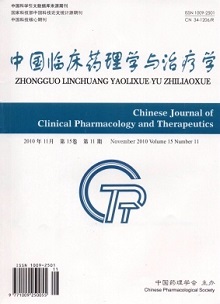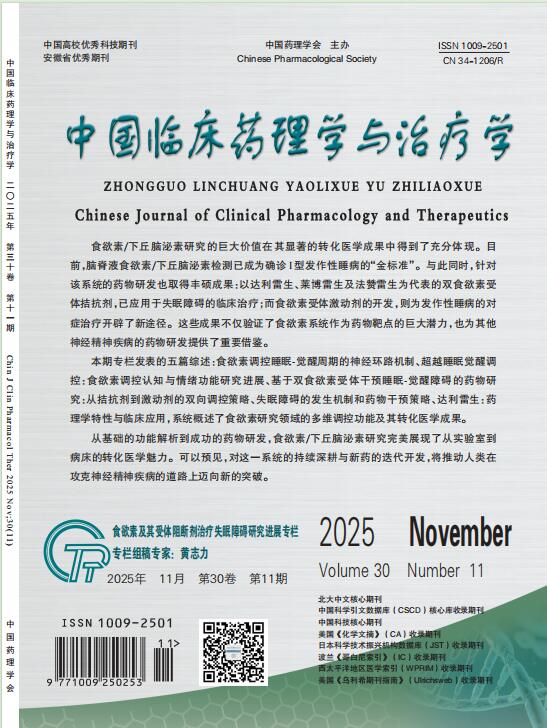Effects of amlodipine-based combination amiroride or telmisartan antihypertensive therapy on blood pressure control in hypertensive patients
YU Wei, TANG Xin-hua, WANG Wen, XU Xiao-ling, ZHANG Yi-feng, FANG Shun-yuan, ZHOU Ai-feng, WANG Shu-ying, FU Sheng-wen, HAN Li-ya, JING Hong-yi
2010, 15(11):
1273-1278.
 Asbtract
(
192 )
Asbtract
(
192 )
 PDF (235KB)
(
239
)
References |
Related Articles |
Metrics
PDF (235KB)
(
239
)
References |
Related Articles |
Metrics
AIM: To evaluate the effect factors of amlodipine-based combination amiroride or telmisartan antihypertensive therapy on blood pressure uncontrol in hypertensive patients. METHODS: 700 hypertensive patients from 11 centers in Zhejiang province from Mar. to Oct. 2008 were included in this multi-centre randomized controlled clinical trial. Patients were randomly assigned to receive amlodipine plus amiroride (group A, n=354) or amlodipine plus telmisartan (group B, n=346).All patients were followed-up for 8 weeks. RESULTS: Blood press control rates reach 81.9% and 78.6% in group A and group B, respectively. In group A, systolic blood pressure(SBP),diastolic blood pressure(DBP) and body mass index(BMI) in blood pressure uncontrol patients were significantly higher than those in blood pressure control (P<0.01). Heart rate(HR) and cerebrovascular disease history in blood pressure uncontrol patients were higher than those in blood pressure control (P<0.05). In group B, urine acid and proteinuria in blood pressure uncontrol patients were significantly higher than those in blood pressure control (P<0.01). The levels of SBP and DBP were higher than those in blood pressure control (P<0.05).Results from multivariate logistic regression model showed that odds ratio of BMI,HR and DBP were 1.136,1.047,1.074, respectively in group A, the odds ratio of UA and proteinuria were 1.004,1.536, respectively in group B. CONCLUSION: DBP, HR and obesity are main clinical factors of blood pressure uncontrol in amlodipine plus amiroride, UA and proteinuria are main clinical factors of blood pressure uncontrol in amlodipine plus telmisartan.


